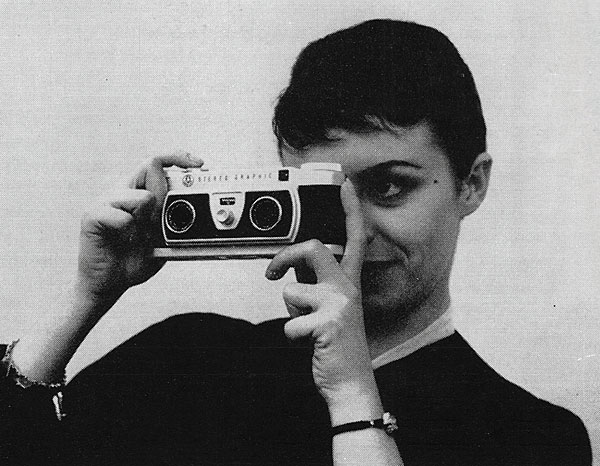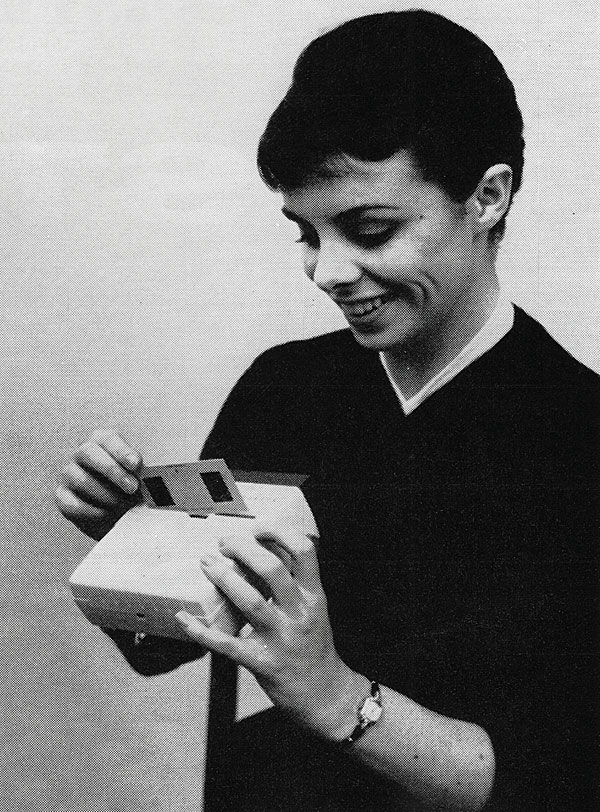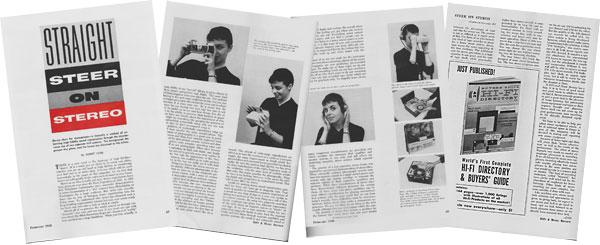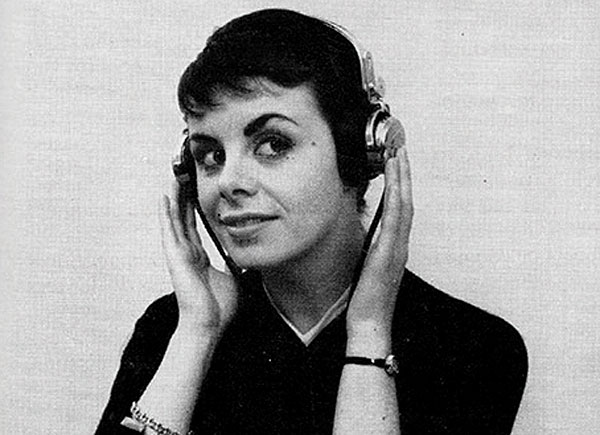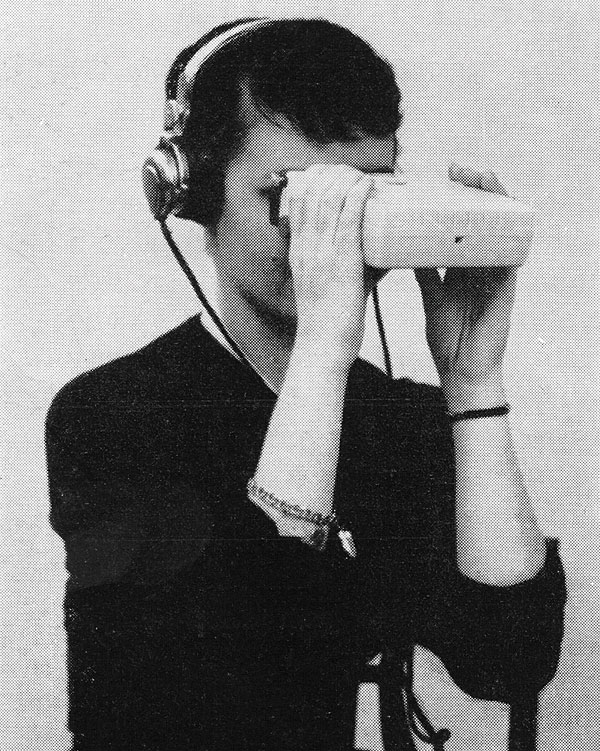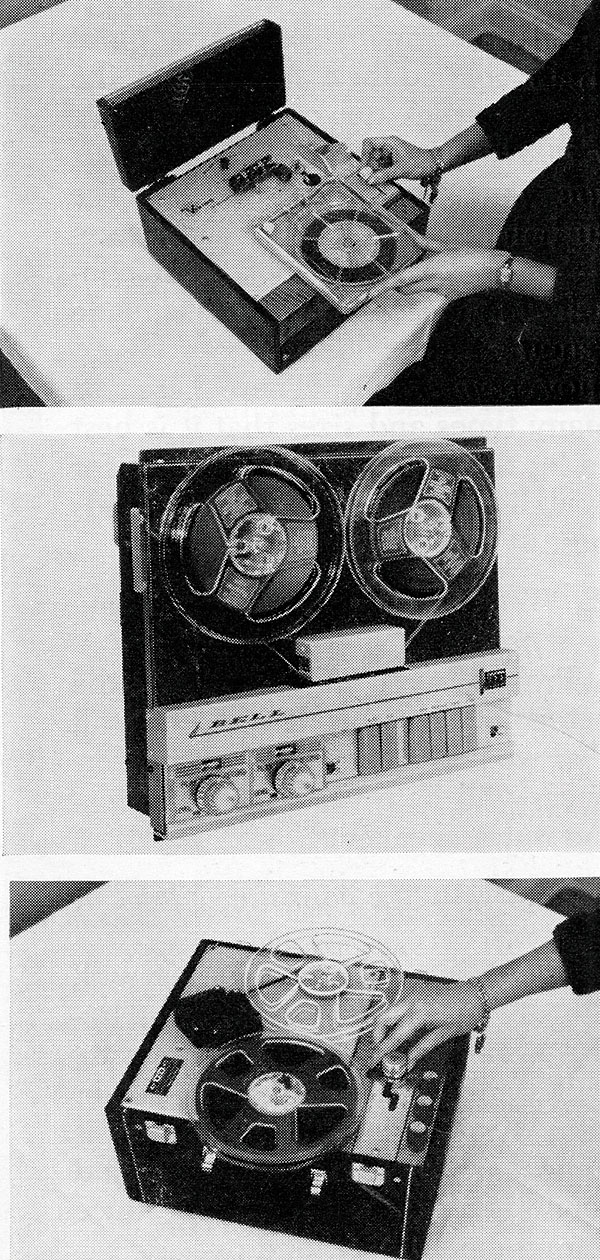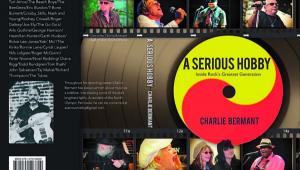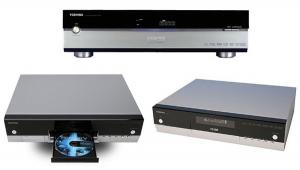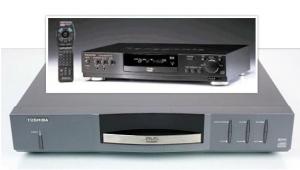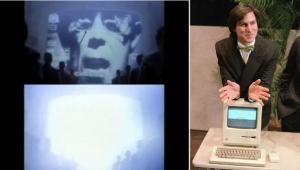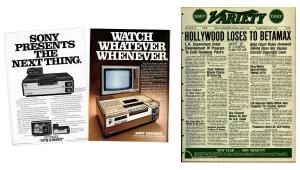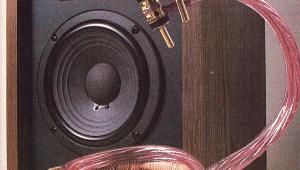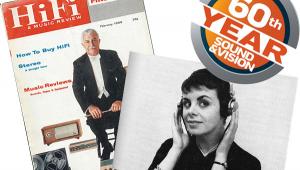"Stereo" from the band America (lyrics by Dewey Bunnell/Jimmy Webb) from one of my favorite albums "Perspective"
Stereo
We hear both sides
We sympathize
We live our lives in stereo
The left and the right
The dark and the light
We wrestle with the balance
We change our tone
We leave our phone
And tape record our absence
In lovin' memory
Stereo
We're livin' it in stereo
We fix it so our love is high fidelity
Mix it so we never lose the melody
We try to equalize our lives in stereo
So on we go
From side to side
As we divide
A single life in stereo
The far and the wide
We override
The feedback from the others
The unkind phrase
We lock in phase
We're only really listening to the stereo
Stereo
We're livin' it in stereo
We tune it till we have a perfect parody
Commune with such a fine-cut, crystal clarity
It seems to symbolize
Our lives in stereo
Oo (la, la, la, la, la, la), yeah, yeah, yeah
Oo (la, la, la, la, la, la), yeah, yeah, yeah
Oo (la, la, la, la-a)
Stereo
Stereo
We fix it so our love is high fidelity
Mix it so we never lose the melody
We try to equalize our lives in stereo
Stereo
Stereo
We fix it so our love is high fidelity
Mix it so we never lose the melody
We try to equalize our lives in stereo
